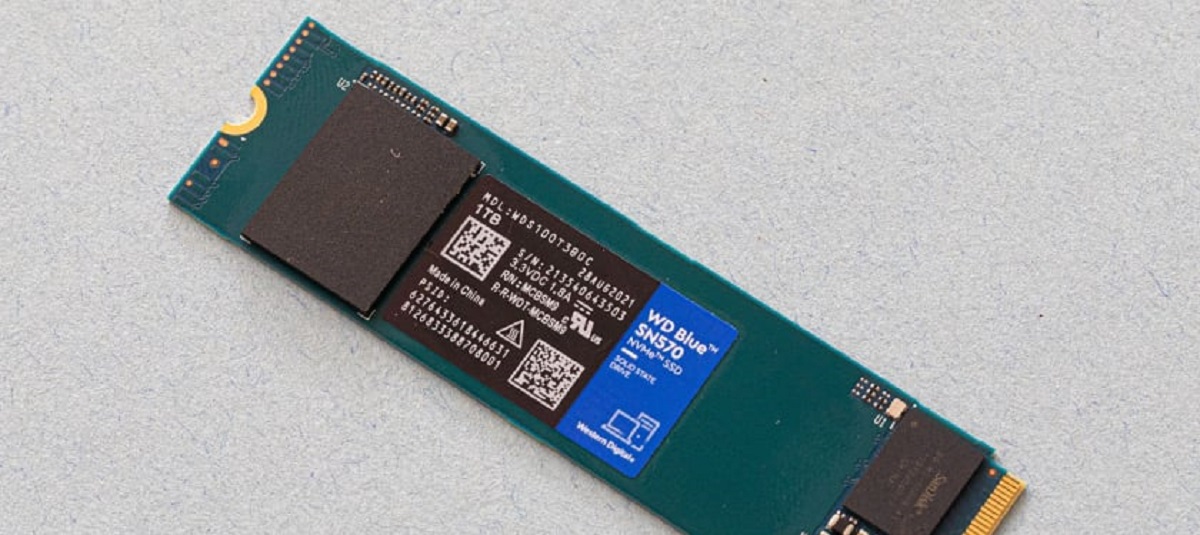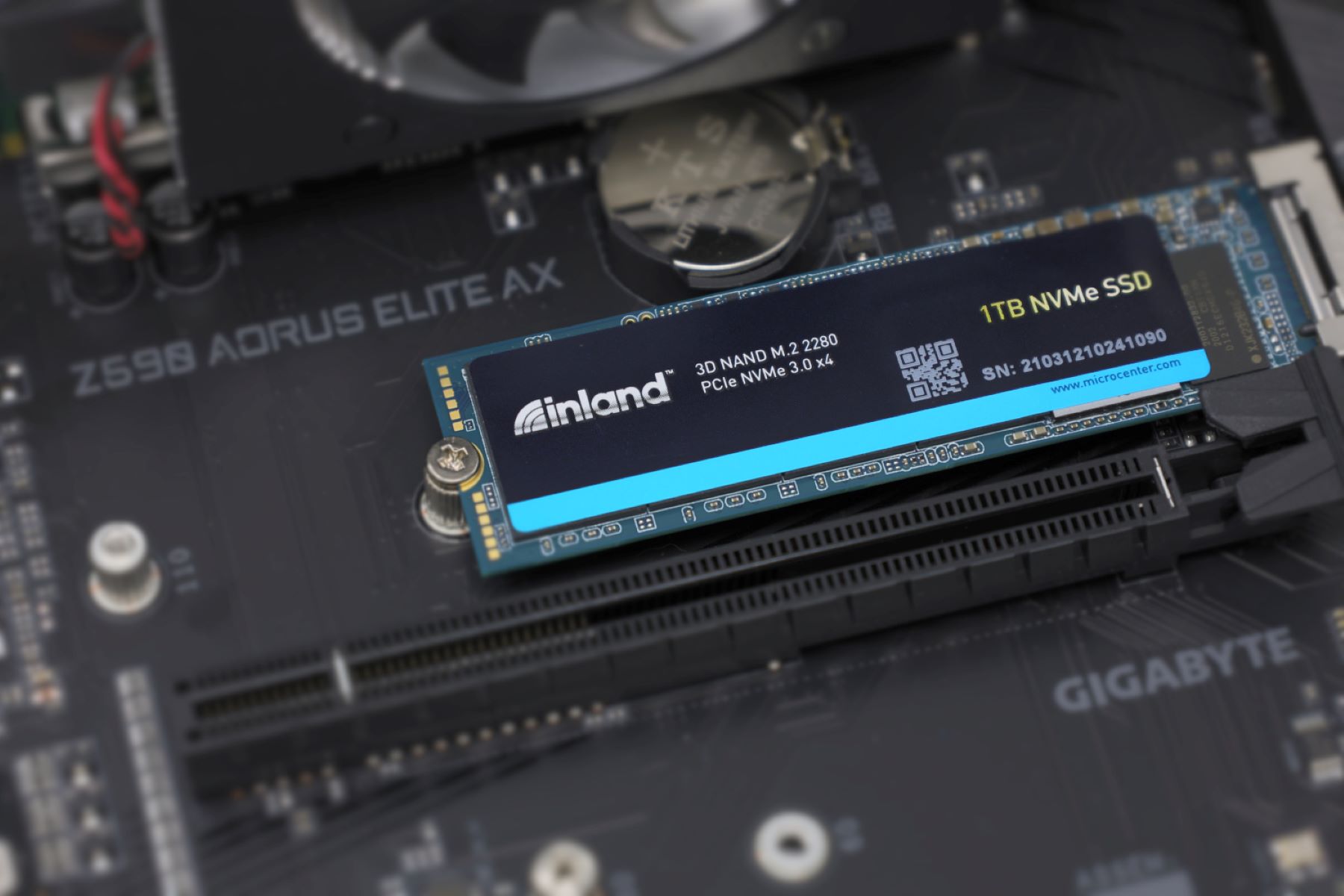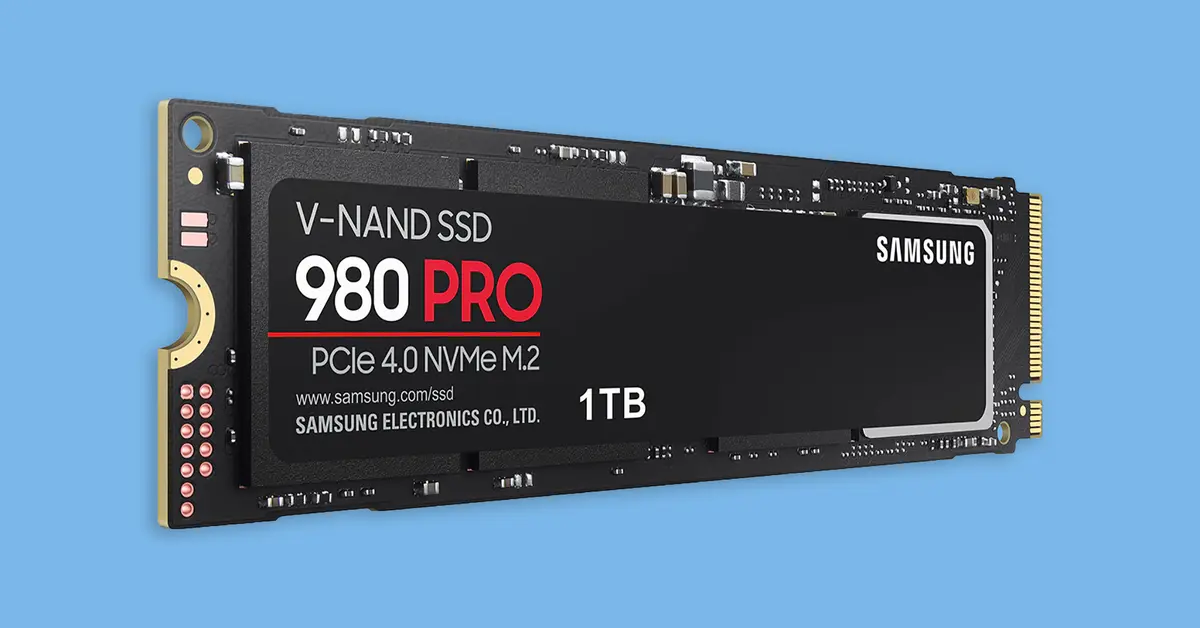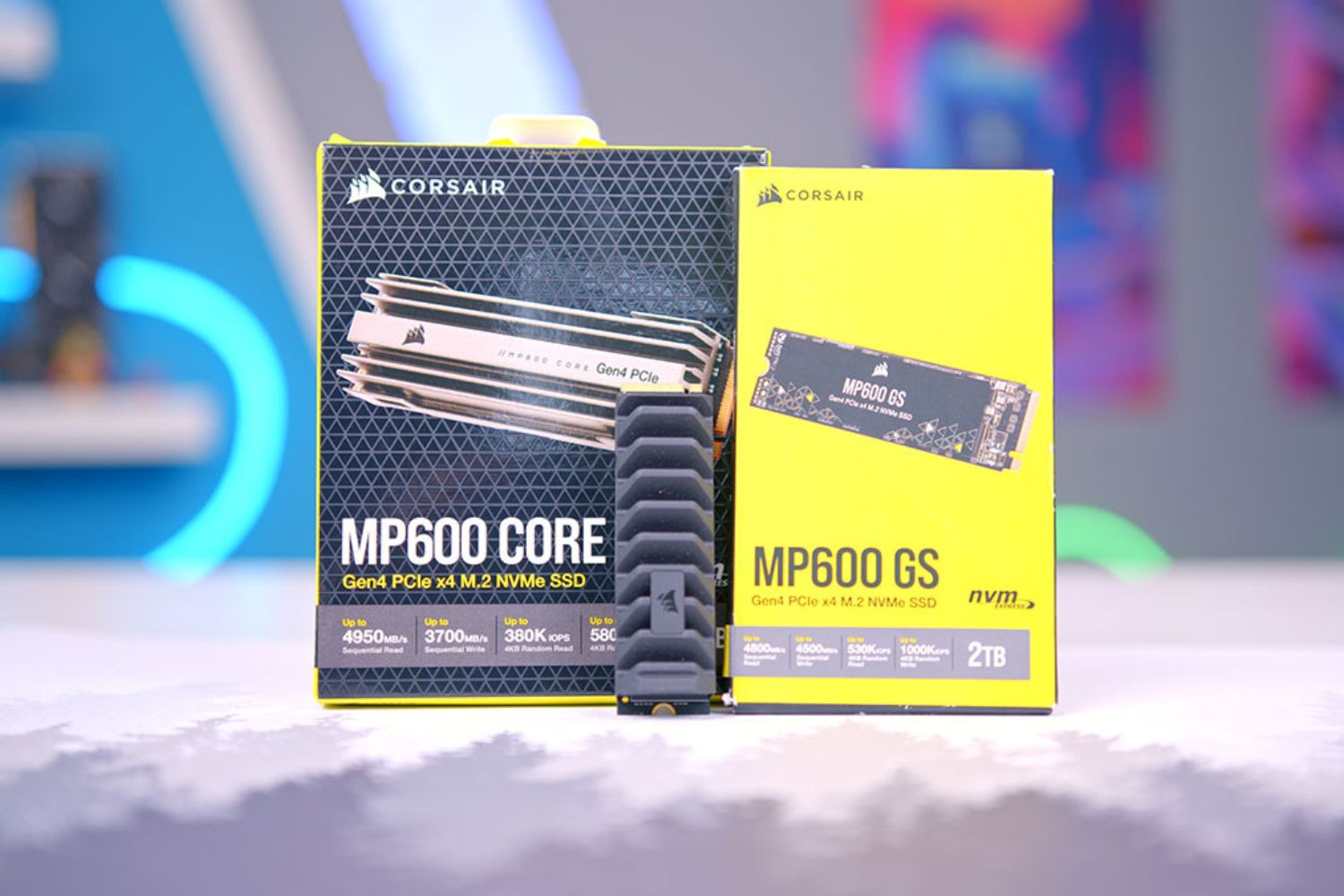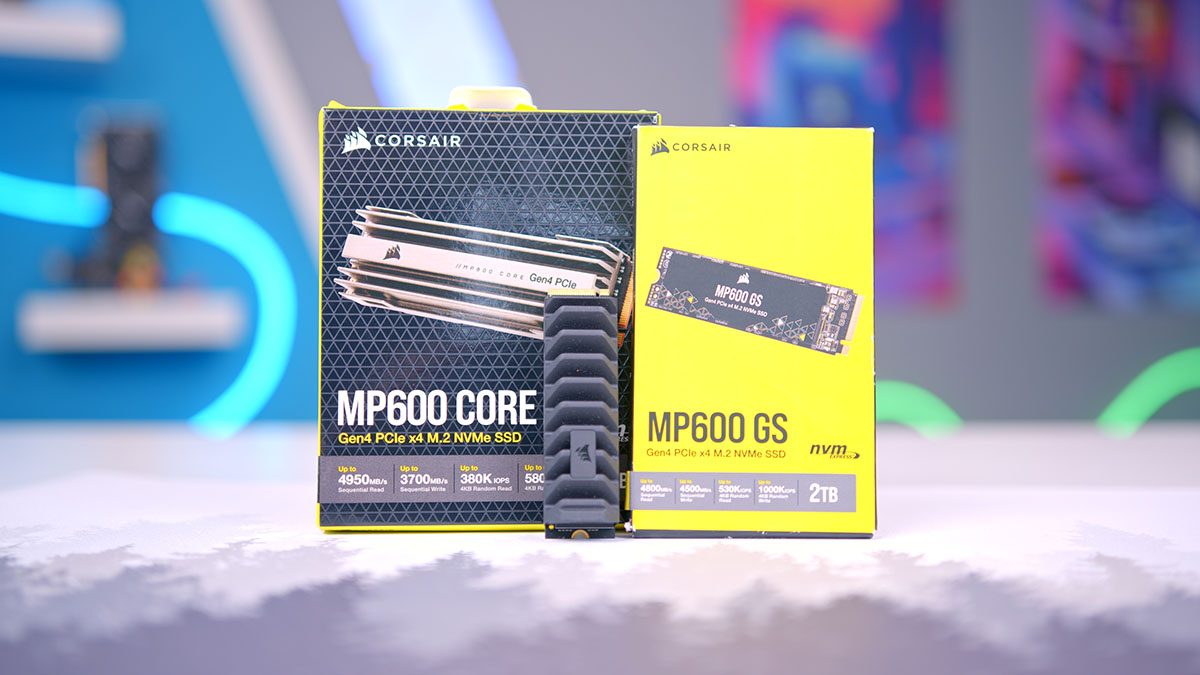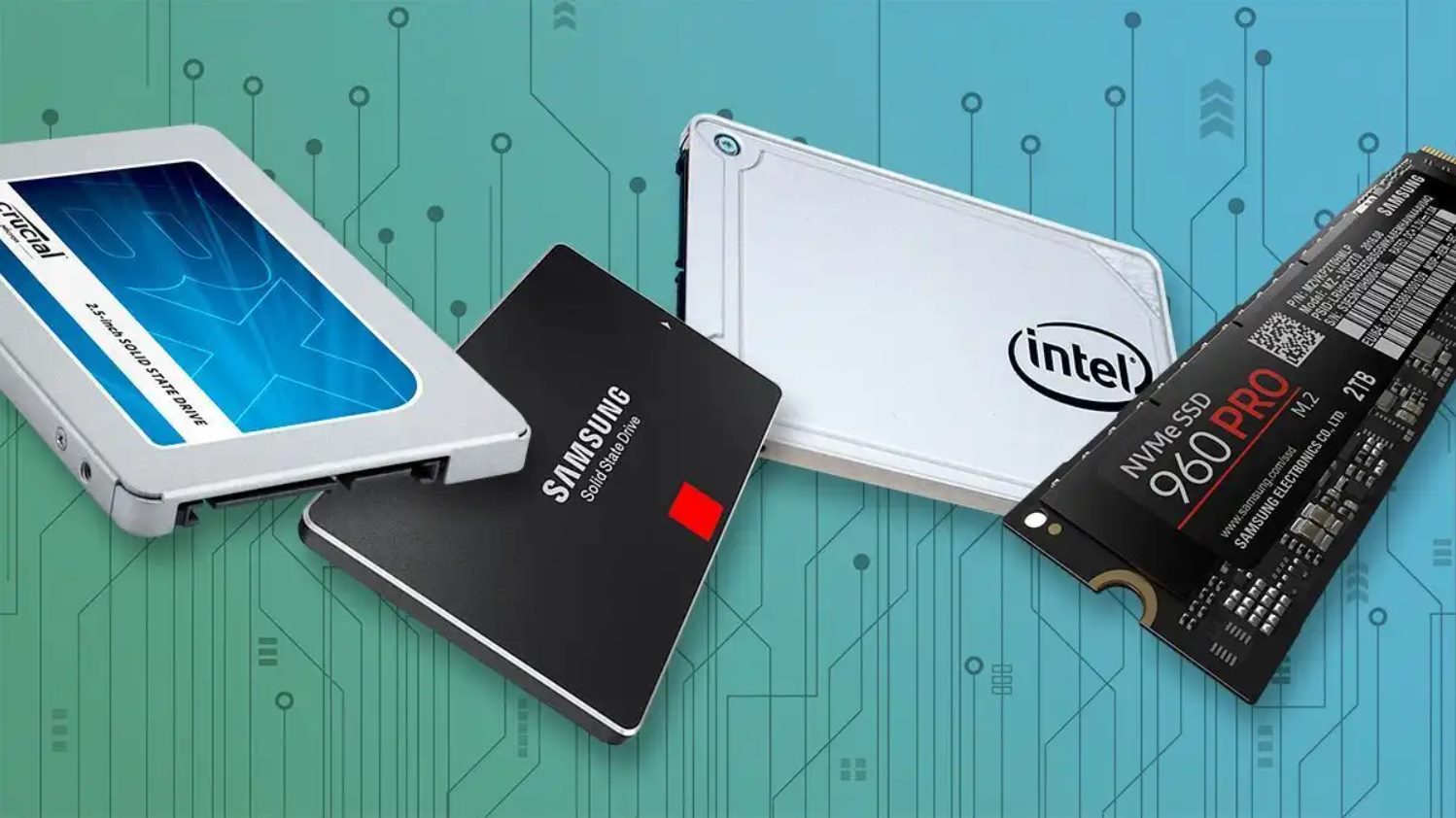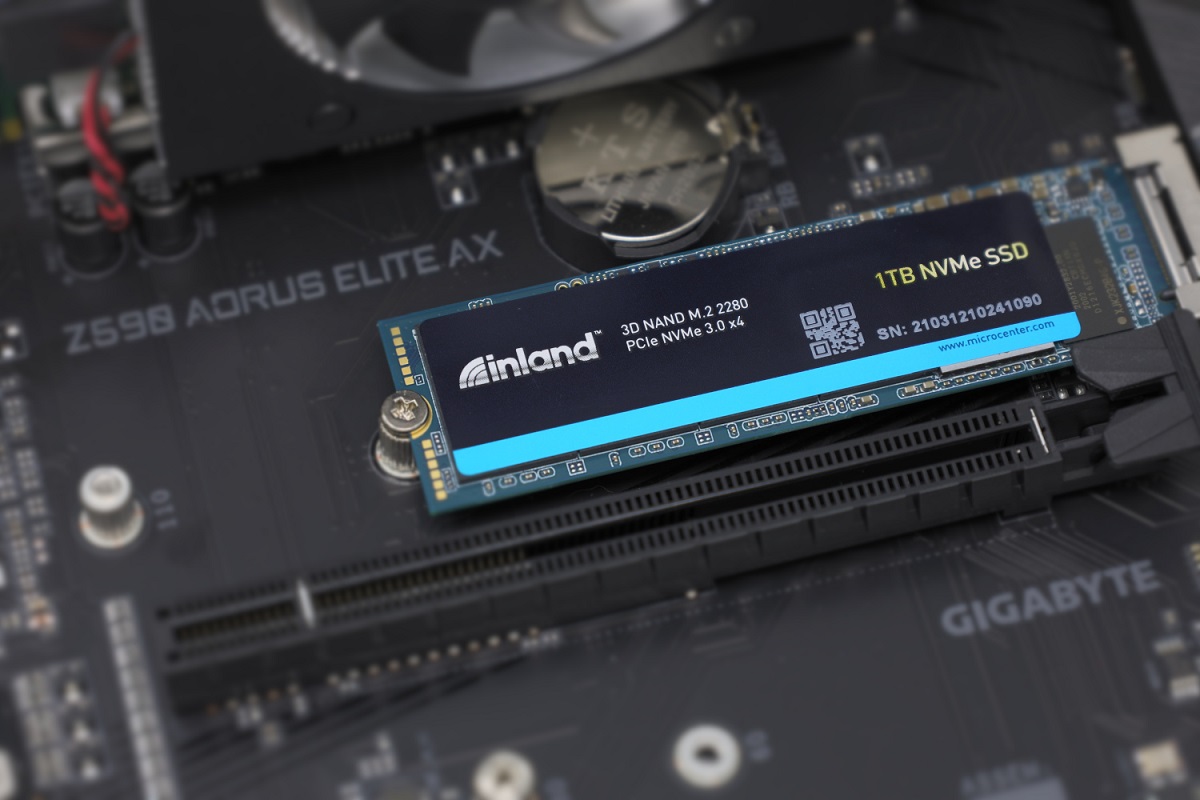Introduction
Welcome to the world of NVMe SSDs! As technology continues to advance, storage options have seen remarkable improvements. One such innovation is the emergence of Non-Volatile Memory Express (NVMe) SSDs, which have revolutionized the speed and efficiency of data storage.
NVMe SSDs are the next generation of solid-state drives (SSDs) and boast incredible performance and reliability. With their lightning-fast read and write speeds, they have become the go-to choice for many tech enthusiasts, gamers, and professionals looking to optimize their system’s storage capabilities.
In this article, we will delve into the specific topic of how long an NVMe SSD lasts. We will explore factors that impact their lifespan, discuss methods to prolong their longevity, and identify common signs that indicate an SSD may be nearing the end of its lifespan.
Whether you are considering purchasing an NVMe SSD or have already made the investment, understanding the lifespan and how to maintain it will help you make informed decisions and maximize the performance of your storage device.
What is NVMe SSD?
Before diving into the lifespan of an NVMe SSD, let’s first understand what it is and how it differs from traditional storage options. NVMe stands for Non-Volatile Memory Express, which is a protocol designed specifically for solid-state storage devices.
An NVMe SSD is a type of solid-state drive that connects directly to the motherboard of a computer or server through the PCIe (Peripheral Component Interconnect Express) interface. This direct connection allows for faster data transfer speeds and lower latency compared to traditional storage devices, such as hard disk drives (HDDs) or SATA-based SSDs.
The key advantage of NVMe SSDs lies in their exceptional speed. With read and write speeds often surpassing 3,500 megabytes per second (MB/s), these drives deliver lightning-fast performance that can significantly improve system boot times, file transfer rates, and application loading times.
Additionally, NVMe SSDs offer higher throughput and provide more input/output operations per second (IOPS) compared to traditional storage devices. This makes them particularly well-suited for workloads that require intensive data processing, such as video editing, 3D rendering, and virtual machine environments.
Another notable feature of NVMe SSDs is their compact size. These drives are typically smaller and lighter than traditional storage options, offering more flexibility in terms of installation and compatibility with various form factors. This makes them ideal for use in laptops, ultrabooks, and desktop computers with limited space.
Furthermore, NVMe SSDs are inherently more reliable than HDDs due to their lack of moving parts. Traditional drives rely on mechanical components, such as spinning disks and actuator arms, which are prone to failure over time. In contrast, NVMe SSDs utilize flash memory chips to store data, eliminating the risk of mechanical failure and reducing the chances of data loss.
Overall, NVMe SSDs represent a significant advancement in storage technology, offering unparalleled speed, reliability, and efficiency. As we explore the lifespan of these drives, it is important to note that their longevity can be influenced by various factors and that proper care and maintenance can prolong their lifespan.
Lifespan of an NVMe SSD
The lifespan of an NVMe SSD refers to the duration of time that the drive can reliably function at an optimal level. Unlike traditional mechanical hard drives, SSDs do not have any moving parts, which can increase their overall lifespan. However, it is important to note that SSDs have a finite number of program-erase (P/E) cycles, which affects their longevity.
Each time data is written to an SSD, it goes through a process called program-erase, which wears down the NAND flash memory cells. This wear and tear can eventually lead to the degradation of performance and, ultimately, the failure of the SSD. However, modern NVMe SSDs boast advanced technologies, such as wear-leveling and error-correction codes (ECC), which help mitigate the impact of P/E cycles and prolong the overall lifespan.
The average lifespan of an NVMe SSD is measured in terabytes written (TBW) or drive writes per day (DWPD). Manufacturers typically provide warranties that guarantee a certain amount of data can be written to the drive before it reaches its specified endurance limit. For example, an NVMe SSD with a TBW rating of 500TB can withstand 500 terabytes of data being written to it before the warranty expires.
It is worth noting that the actual lifespan of an NVMe SSD can vary depending on usage patterns and workload. For typical consumer use, an NVMe SSD can last several years, even with heavy daily use. However, for mission-critical enterprise environments or extreme workloads, the lifespan may be shorter.
Fortunately, most NVMe SSDs provide built-in smart monitoring technologies that allow users to track the health and lifespan of the drive. SMART (Self-Monitoring, Analysis, and Reporting Technology) attributes provide valuable information, such as total bytes written (TBW), total bytes read (TBR), and remaining life expectancy. Monitoring these metrics can help users gauge the health of their SSD and plan for potential replacements when necessary.
In the next section, we will explore the factors that can impact the lifespan of an NVMe SSD and provide tips on how to prolong its longevity.
Factors that affect the lifespan of NVMe SSDs
The lifespan of an NVMe SSD can be influenced by several factors. Understanding these factors can help users optimize the longevity of their drives and ensure reliable performance. Let’s explore some of the key factors that impact the lifespan of NVMe SSDs:
- Usage and Workload: The amount and type of data that is written to the SSD can significantly affect its lifespan. Heavy workloads, such as constantly writing and deleting large files or running resource-intensive applications, can increase wear on the NAND flash memory cells, potentially shortening the drive’s lifespan.
- Data Write Patterns: The efficiency of an SSD’s wear-leveling algorithm determines how evenly data is written to the NAND flash memory cells. An effective wear-leveling algorithm can help distribute write operations across the drive, preventing certain cells from being excessively worn out and prolonging the overall lifespan of the SSD.
- Temperature and Environment: High temperatures can have a negative impact on the lifespan of an NVMe SSD. Excessive heat can degrade the NAND flash memory cells and reduce overall performance. It is important to ensure proper cooling and airflow to maintain optimal operating temperatures for the drive.
- Power Loss and Surges: Abrupt power loss or power surges can potentially cause data corruption and damage to the SSD. Some NVMe SSDs feature power-loss protection mechanisms, such as capacitors or firmware algorithms, that help preserve data integrity and protect against sudden power interruptions.
- Firmware and Drive Health: Keeping the firmware of the NVMe SSD up to date is crucial for performance and stability. Manufacturers often release firmware updates that address bugs, enhance compatibility, and improve overall reliability. Monitoring the health of the drive using SMART attributes and performing periodic scans for errors can also help identify potential issues and address them proactively.
While these factors can influence the lifespan of an NVMe SSD, it is important to note that modern SSDs are designed to withstand heavy workloads and provide reliable performance for years. By understanding these factors and taking appropriate measures to mitigate potential risks, users can maximize the lifespan and efficiency of their NVMe SSDs.
How to prolong the lifespan of an NVMe SSD
While NVMe SSDs are designed to be durable and reliable, there are several proactive steps you can take to prolong their lifespan and optimize their performance. Here are some tips to help you get the most out of your NVMe SSD:
- Monitor Drive Health: Regularly check the health of your NVMe SSD using SMART attributes or manufacturer-provided software. This will provide insights into the remaining lifespan and overall drive health, allowing you to take appropriate action if necessary.
- Update Firmware: Keep your SSD’s firmware up to date by regularly checking for updates from the manufacturer. Firmware updates often include improvements to performance, stability, and compatibility, ensuring that your SSD operates at its best.
- Enable TRIM: TRIM is a command that helps maintain the performance and longevity of SSDs by marking blocks of data that are no longer in use. Enabling TRIM ensures efficient garbage collection and extends the lifespan of your NVMe SSD.
- Avoid Excessive Heat: Overheating can negatively impact the lifespan of an NVMe SSD. Ensure proper cooling and airflow in your system by maintaining clean and dust-free components, using adequate cooling solutions, and avoiding excessive overclocking.
- Use Power Protection: Sudden power loss or power surges can be detrimental to your NVMe SSD. To prevent data corruption and potential damage, consider investing in an uninterruptible power supply (UPS) or using surge protectors to safeguard your system.
- Manage Storage Space: Avoid filling your NVMe SSD to its maximum capacity. Leaving some free space allows for wear-leveling algorithms to work more effectively and extends the lifespan of your drive. Aim to keep at least 10-20% of the SSD’s capacity free.
- Avoid Excessive Writes: Minimize unnecessary write operations by being mindful of how you use your NVMe SSD. For example, avoid excessive torrent downloads or frequent large file transfers that are not essential. This will help reduce wear on the NAND flash memory cells.
- Regularly Back Up Data: It is always a good practice to back up your important data regularly. In case of any unforeseen failures, having a backup ensures you do not lose critical information and can easily transition to a new NVMe SSD if needed.
By following these best practices, you can prolong the lifespan of your NVMe SSD and maintain optimal performance for longer. However, it is important to remember that SSDs do have a limited lifespan, and eventually, replacement may be necessary.
Common signs of a deteriorating NVMe SSD
Like any electronic device, NVMe SSDs can deteriorate over time due to usage, wear, and other factors. It is essential to be aware of the signs that may indicate your NVMe SSD is starting to deteriorate. Here are some common indicators to watch out for:
- Sluggish Performance: If your once speedy NVMe SSD starts to exhibit slower read and write speeds, longer boot times, or delays in launching applications, it could be a sign of a deteriorating drive. Performance degradation can occur as NAND flash memory cells wear out or due to other underlying issues.
- Increased Errors or Data Corruption: If you start encountering more frequent errors or data corruption issues, such as files becoming inaccessible or system crashes, it could be due to a deteriorating NVMe SSD. These problems may arise as the integrity of the flash memory cells is compromised.
- Inconsistent or Unstable Drive Recognition: If your NVMe SSD is not consistently recognized by the system during boot-up or experiences frequent disconnects, it indicates a potential issue with the drive. This can be caused by physical degradation or problems with the SSD controller.
- High Bad Block Count: Over time, NVMe SSDs may develop bad blocks, which are areas of the NAND flash memory that can no longer reliably store data. If you notice a significant increase in the number of bad blocks reported by SMART attributes, it may indicate that your SSD is deteriorating.
- Decreased Available Storage: As an NVMe SSD deteriorates, the overall capacity of the drive may decrease. This can be attributed to spare cells being used to replace failing cells or the SSD controller marking blocks as unusable. If you notice a sudden drop in available storage space on your drive, it could be an indication of a deteriorating SSD.
- Increased Temperature: A deteriorating NVMe SSD may generate more heat than usual due to increased power consumption or reduced efficiency of thermal management. If you notice significantly higher operating temperatures, it could be a warning sign of potential issues with the drive.
If you observe any of these signs, it is recommended to immediately backup your important data and consider replacing the NVMe SSD. As drives age and deteriorate, the risk of failure or complete data loss increases. Being proactive and taking action can help avoid potential data loss and ensure the reliability of your storage system.
When should you replace your NVMe SSD?
Determining when to replace your NVMe SSD is important to avoid unexpected failures and potential data loss. While NVMe SSDs are known for their durability and longevity, they are not immune to wear and tear. Here are some factors to consider when deciding if it’s time to replace your NVMe SSD:
- Endurance Limit Reached: NVMe SSDs have a specified endurance limit, typically measured in terabytes written (TBW) or drive writes per day (DWPD). If your SSD exceeds the specified limit or is approaching it rapidly, it is a good indicator that replacement may be necessary.
- Frequent Errors or Failures: If your NVMe SSD starts experiencing frequent errors, data corruption, or even complete failures, it may be a warning sign of a deteriorating drive. These issues can indicate a decline in the reliability and performance of the SSD and may warrant a replacement.
- Significant Drop in Performance: If you notice a substantial decrease in the overall performance of your NVMe SSD, such as unusually slow read/write speeds or longer response times, it could indicate that the drive is nearing the end of its lifespan. In such cases, upgrading to a new SSD can restore optimal performance.
- Outdated Technology: As technology advances, new generations of NVMe SSDs are released with improved performance, efficiency, and features. If your current SSD is significantly outdated and cannot keep up with the demands of modern applications or workflows, it may be worth considering an upgrade to a newer model.
- End of Warranty: Manufacturers typically provide a warranty period for NVMe SSDs, guaranteeing a certain level of performance and reliability. If your SSD is approaching or has exceeded its warranty period, it may be a good time to consider replacing it to avoid potential issues without coverage.
- Changing Storage Needs: If your storage requirements have changed significantly since you purchased your NVMe SSD, it may be necessary to upgrade to a larger capacity drive. This ensures you have enough space for your data and allows for better organization and management of your files.
Ultimately, the decision to replace your NVMe SSD should be based on a combination of these factors and your specific needs and preferences. It’s important to evaluate the overall health and performance of the drive, consider its lifespan and warranty coverage, and assess whether an upgrade would provide better efficiency and meet your current storage requirements.
Conclusion
NVMe SSDs have revolutionized the world of data storage, providing lightning-fast speeds, reliability, and efficiency. Understanding the lifespan of an NVMe SSD and how to prolong its longevity is crucial for maximizing its performance and ensuring long-term reliability.
In this article, we explored what NVMe SSDs are and how they differ from traditional storage options. We discussed the factors that can impact the lifespan of an NVMe SSD, including usage patterns, write cycles, temperature, and power considerations. Additionally, we provided tips on how to prolong the lifespan of an NVMe SSD, such as monitoring drive health, updating firmware, enabling TRIM, and managing storage space.
We also discussed common signs that indicate a deteriorating NVMe SSD, including sluggish performance, increased errors or data corruption, inconsistent drive recognition, high bad block count, decreased available storage, and increased operating temperatures. Recognizing these signs can help users proactively address issues and prevent potential data loss.
Lastly, we examined when it might be time to consider replacing your NVMe SSD. Factors such as reaching the endurance limit, frequent errors or failures, significant performance degradation, outdated technology, warranty expiration, and changing storage needs should all be taken into consideration when deciding if an upgrade is necessary.
By staying informed about the lifespan and maintenance of NVMe SSDs, users can make informed decisions and ensure their storage devices operate at their fullest potential. Regular monitoring, proper care, and timely replacement when necessary can help users maximize the lifespan, performance, and reliability of their NVMe SSDs, providing an efficient and dependable storage solution for years to come.







